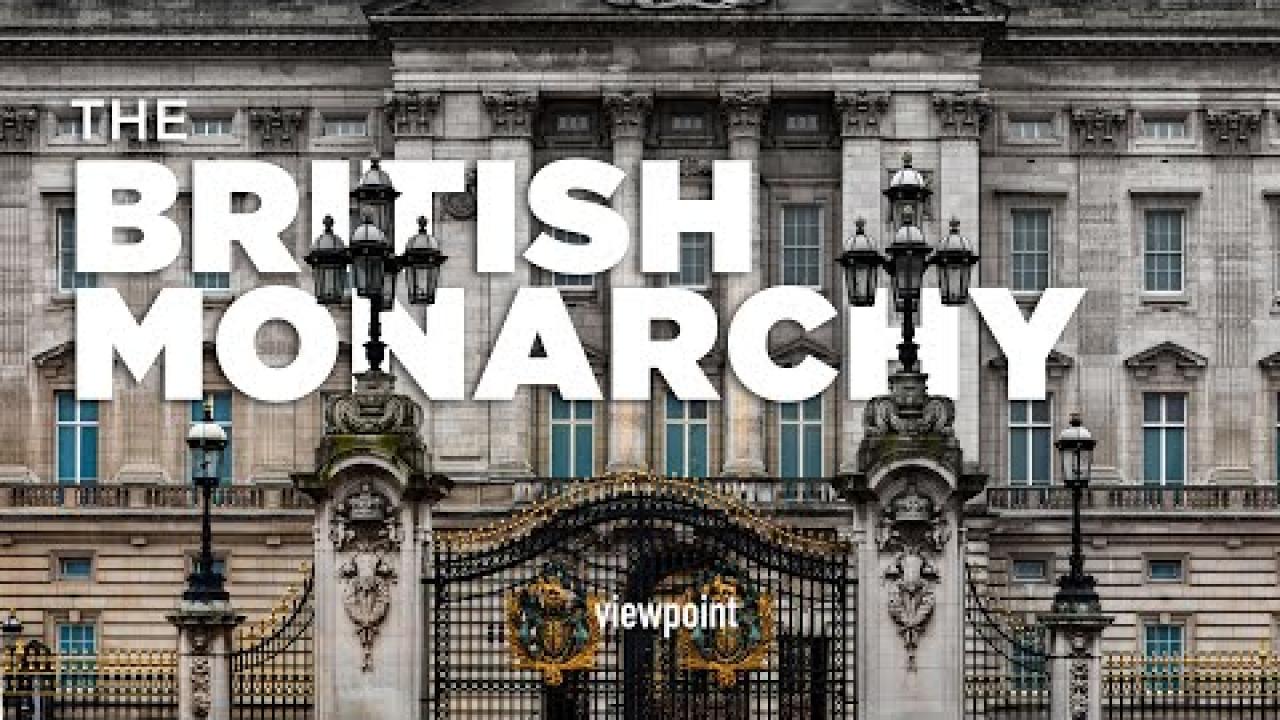
The Origin of the British Monarchy
Queen Elizabeth II has been a constant presence on the throne England for more than 70 years. Crowned Queen of the United Kingdom on February 6, 1952, she reigns over an additional 15 commonwealth realms. While many monarchies have fallen during her lifetime and many more in the generations preceding her coronation, the throne of England has remained an important aspect of British and commonwealth culture. Why has the current line of monarchs on the British throne survived while those of France, Germany, Russia and other nations disappeared? What is the origin of the British Monarchy?
Queen Elizabeth II has been a constant presence on the throne England for more than 70 years. Crowned Queen of the United Kingdom on February 6, 1952, she reigns over an additional 15 commonwealth realms. While many monarchies have fallen during her lifetime and many more in the generations preceding her coronation, the throne of England has remained an important aspect of British and commonwealth culture. Why has the current line of monarchs on the British throne survived while those of France, Germany, Russia and other nations disappeared?
Despite a turbulent history, the line of monarchs to rule on the British throne goes back farther than most realize. It is easy to chart the history of the current dynasty back to 1603 and the reign of James I of England. You may already know that James I of England was also James VI of Scotland. You see, the first Queen Elizbeth had died after a 44 year reign which provided the nation with an exceptional period of stability. However, she died childless and so the famous house of Tudor came to completion. As she grew ill, there was increased concern that her lack of an heir would lead to considerable civil unrest or even war as various elements would no doubt try to lay claim to the throne. The solution came from the North. The second cousin of Elizabeth I, King James VI of Scotland would assume the English throne and reigned as King of Great Britain. One of his first acts was to commission a translation that would become known as the King James version of the Bible.
King James had been part of a long line of kings stretching back centuries to 840 and Kenneth McAlpine, often referred to as "the first King of Scotland." Before Scotland became the nation we know today, the western portion of what we now call Scotland was controlled by the Irish. A line of kings was transported from Ireland to this Irish held territory in the west under the kingship of Fergus Mor. Many generations later, this throne was transferred to Kenneth McAlpine who was crowned King of Alba. Alba would later be renamed Scotia and eventually Scotland. An Irish manuscript from approximately AD 1100, called Rawlinson 502 records the succession from the Irish king Fergus Mor to Kenneth McAlpine:
...Cináed son of Alpín [kenneth mcApline] son of Eochaid son of Áed Find son of Domangart son of Domnall Brecc son of Eochaid Buide son of Áedán son of Gabrán son of Domangart son of Fergus Mór
Here we have a dynasty of Irish kings leading to a dynasty of Scottish kings and ultimately the British Monarchy. James the I of England would not be the last King James to inherit the throne. James II, in 1689 visited the historic city of Kilkenny in Ireland. He was addressed, not as a foreign king, but as a fellow countryman returning home, matching the history we've outlined:
Whereas the honour of your Majesty's pleasure was unexpected, so are our expectations of joy unspeakable. Never was a King of England so kind to this country; never was this country so kind to a British prince. We conducted [sent] a Fergus to Scotland; we welcome in James the Second the undoubted heir of Fergus by the lineal descent of one hundred and ten crowned heads, with that boast of antiquity, to which no other monarch of the universe can aspire. We acquit Scotland for the principal and interest of thirteen hundred years by receiving your Majesty, in whose person we consider no stranger, we behold no conqueror, but our own blood restored to us after the absence of so many centuries, a son of Fergus, King of Ireland, and actually present in Ireland, which verifies an old proverb of ours that avereth we should have about this time a King of our own, and continue under him and his issue a most happy nation for ever.(Address to King James II at Kilkenny, March 22, 1689)
Queen Elizabeth has enjoyed the longest reign of any monarch on the British throne. The history of that throne is among the most fascinating stories in history. Her lineage extends back to dynasties over Scotland and Ireland more than a thousand years ago. Shockingly, even this does not mark the beginning of her lineage. Watch our video "What Happened to the Davidic Line of Kings?" to see how this famous line of kings survived when most wrote it off as destroyed.